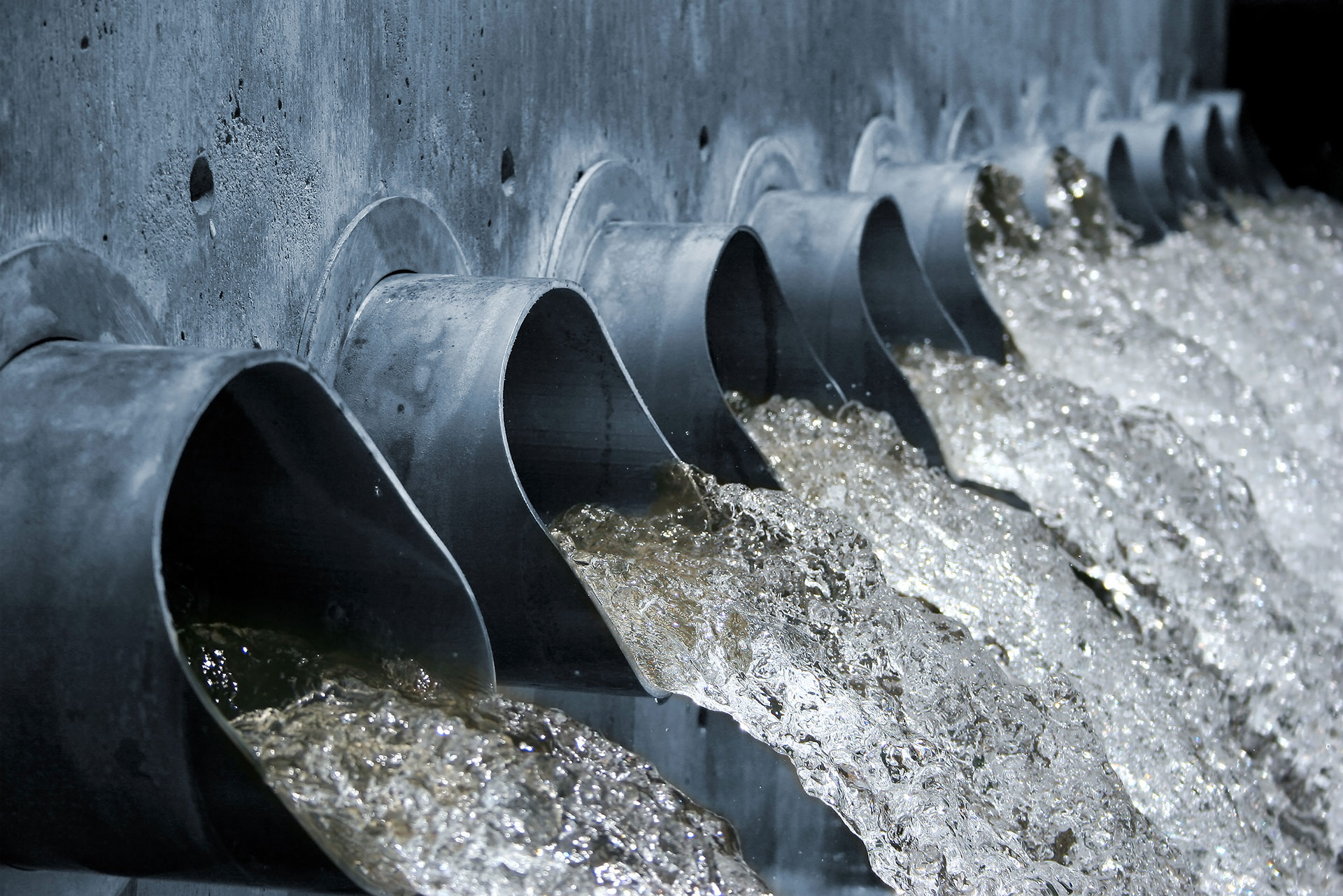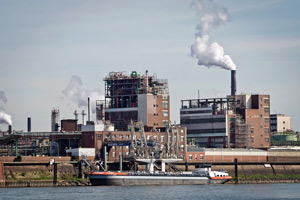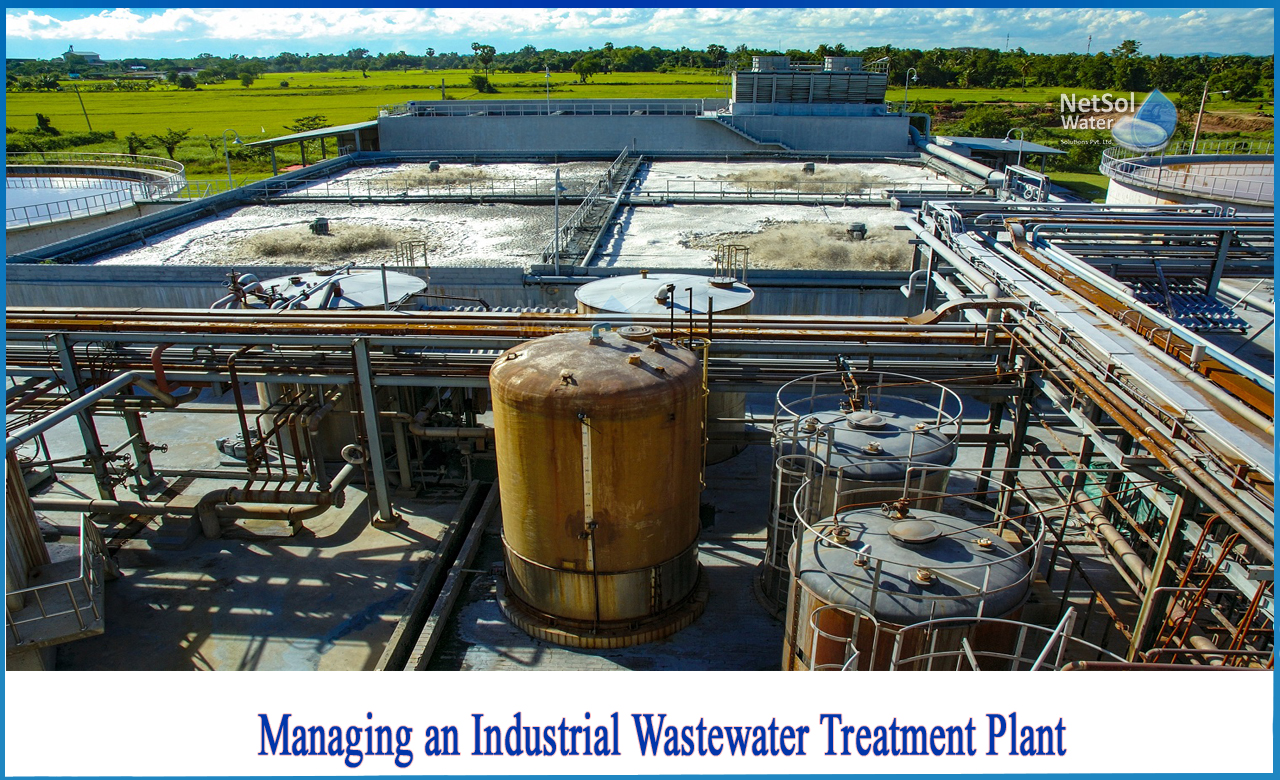Industrial Waste Water Treatment-- Advanced Solutions for Cleaner Effluents
Industrial Waste Water Treatment-- Advanced Solutions for Cleaner Effluents
Blog Article
Technologies and Developments in Industrial Waste Water Therapy Technologies
The landscape of industrial wastewater therapy is going through a transformative change, driven by developments that boost both effectiveness and sustainability. Arising innovations, such as membrane layer bioreactors and microbial fuel cells, are redefining impurity removal procedures while adding to energy generation. In addition, resource healing approaches are acquiring grip, aligning with circular economy principles. As governing standards develop, the assimilation of AI and artificial intelligence right into wastewater management systems promises to enhance procedures and ensure compliance. The full ramifications of these innovations elevate crucial concerns regarding their scalability and long-lasting effect on market methods.
Review of Drainage Therapy Technologies
Wastewater treatment technologies encompass a variety of approaches created to eliminate pollutants from industrial effluents prior to their launch into the environment. These modern technologies are important for preserving environmental balance and making certain conformity with environmental laws. The key classifications of wastewater treatment consist of physical, chemical, and biological methods, each offering unique objectives based upon the nature of the contaminants existing.

Biological treatment approaches use microorganisms to deteriorate raw material, making them specifically effective for organic-rich effluents. Techniques like activated sludge and biofilm reactors harness the natural deterioration capacities of microorganisms, leading to significant reductions in biochemical oxygen demand (BOD)
Advanced Filtering Methods
Advanced filtering methods stand for an essential evolution in the world of commercial wastewater therapy, boosting the performance of impurity elimination procedures. Industrial Waste Water Treatment. These approaches incorporate a variety of modern technologies, consisting of microfiltration, ultrafiltration, nanofiltration, and turn around osmosis, which supply sequential barriers for various particle dimensions and chemical frameworks
Microfiltration and ultrafiltration make use of membrane layer systems to eliminate suspended solids, germs, and larger natural particles, enhancing the high quality of effluent before further therapy. Nanofiltration links the void between ultrafiltration and reverse osmosis, effectively getting rid of organic compounds and divalent ions, hence minimizing the load on downstream processes.
Reverse osmosis supplies the greatest level of purification by permitting only water and small particles to go through its semi-permeable membrane layers, making it suitable for recovering premium water from commercial effluents. Current developments in membrane modern technology, including the development of even more fouling-resistant and durable products, have dramatically enhanced operational performance and decreased prices.
Integrating these innovative filtering techniques not just enhances the general treatment process yet likewise adds to sustainability efforts by making it possible for water reuse and resource recuperation in industrial setups. (Industrial Waste Water Treatment)
Biological Treatment Advancements

Additionally, the development of crafted biological systems, such as membrane layer bioreactors (MBRs), integrates biological therapy with advanced membrane layer filtering. This integration enables higher effluent top quality and reduced footprint, making it ideal for space-constrained industrial centers. Developments in genetically crafted bacteria have likewise arised, improving the biodegradation of specific pollutants, such as pharmaceuticals and heavy steels, that are generally challenging to get rid of.
Additionally, the execution of bioaugmentation techniques, where beneficial microorganisms are presented to enhance the existing organic therapy processes, has actually revealed promising lead to improving treatment efficiency. These innovations collectively indicate a trend towards even more effective and lasting biological treatment methods that can adjust to the developing intricacies of commercial wastewater streams. As sectors remain to prioritize environmental conformity, these organic innovations will play an important duty in wastewater management.

Source Recovery Approaches
In industrial setups, the combination of resource recuperation methods has actually ended up being increasingly crucial for enhancing sustainability and decreasing waste. These techniques concentrate on drawing out valuable materials and power from wastewater streams, consequently changing prospective toxins into multiple-use resources.
One noticeable method is vitamins and mineral recovery, where nitrogen and phosphorus, usually present over in wastewater, are captured and exchanged fertilizers. This not only lowers environmental effects but likewise gives a circular economic climate remedy for agricultural applications. Furthermore, innovations such as anaerobic digestion permit the conversion of organic waste into biogas, a renewable resource source that can counter nonrenewable fuel source use in industrial procedures.
Furthermore, advanced filtering and membrane layer modern technologies help with the healing of commercial byproducts such as salts and metals. These recovered materials can be rehabilitated right into manufacturing procedures, reducing the need for virgin resources.
Future Patterns in Drainage Monitoring
As sectors significantly prioritize sustainability, the future of wastewater management is readied to undergo considerable improvements. Technical innovations, such as fabricated knowledge and machine learning, will enable much more efficient monitoring and management of wastewater find this systems. These technologies can predict maintenance needs, optimize therapy procedures, and boost decision-making, eventually minimizing operational costs and environmental impact.
Moreover, the assimilation of round economic situation concepts will play an essential role in wastewater management. Industries are anticipated to move towards systems that not only deal with wastewater yet also recover valuable sources, such as nutrients, water, and energy. This transition will certainly lessen waste and promote the reuse of materials, straightening with worldwide sustainability goals.
Arising therapy techniques, such as membrane layer bioreactors and advanced oxidation processes, will certainly even more enhance the performance of wastewater treatment, allowing for greater high quality effluents suitable for reuse. In addition, regulative structures are most likely to evolve, stressing stricter criteria for why not try here wastewater discharge and encouraging industries to embrace innovative therapy services.
Verdict
In final thought, the advancement of commercial wastewater treatment innovations demonstrates a substantial change in the direction of enhanced efficiency and sustainability (Industrial Waste Water Treatment). Advancements in innovative purification techniques, biological treatments, and resource recovery techniques highlight the market's dedication to ecological stewardship.
The landscape of commercial wastewater therapy is going through a transformative change, driven by technologies that boost both performance and sustainability.Wastewater therapy modern technologies incorporate a range of approaches designed to remove contaminants from industrial effluents prior to their launch right into the setting.Using the power of organic procedures has led to considerable developments in the treatment of industrial wastewater.Additionally, the execution of bioaugmentation approaches, where beneficial germs are presented to improve the existing biological treatment procedures, has actually shown promising results in boosting therapy performance. These developments collectively indicate a fad towards more lasting and reliable organic therapy approaches that can adapt to the advancing intricacies of industrial wastewater streams.
Report this page